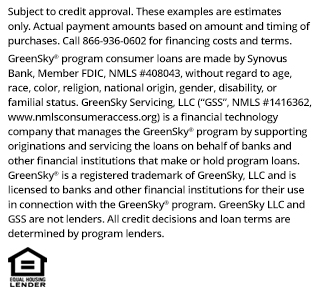You can buy an incandescent lightbulb for under a dollar. LED lights cost more upfront. But the energy efficiency and money-savings are huge. LED lights appeal to everyone.
Those concerned with planet preservation and conserving energy appreciate the amazing energy efficiency of LEDs vs. traditional lightbulbs. There are also people who could care less about global energy use, fossil fuels, and carbon footprints. But they care about saving money.
LEDs reduce the increasing demand for electric energy. Therefore, monthly electric bills are much less when you upgrade regular bulbs to LED lights.
LED Lights Cost Less
A “regular” lightbulb (60 watts) will last up to 1,000 hours* (at the most). You’ll need to buy 35 lightbulbs ($35) over a 4-year timespan. Four years is about the least amount of time an LED light (6 watts) will last.
Your time is also money. Compare the cost of purchasing one LED light ($5) vs. 35 regular lightbulbs ($35). If you factor in the time and expense you’ll put into buying 35 lightbulbs (even if you shop at Costco), you’ll quickly understand how LEDs save money and time.
LED Lighting: The Historical Difference
Texas Instruments technology developers invented an infrared light in 1961 but it was too small to be useful. In 1962, General Electric’s Nick Holonyak, Jr. (Father of the Light-Emitting Diode) invented the first LED that emitted significant light. In 1972, George Craford of Monsanto developed a brighter LED that led to the lighting now used worldwide.
LEDs are evolving technologically faster than any light source ever. They have improved in performance and become more affordable.
Traditional light bulbs are:
- CFL – Compact fluorescent lamps are tube-like lights used in many workplaces. CFLs contain argon gas and traces of mercury. An electric current passing through the tube creates ultraviolet light. CFLs are more energy-efficient and last longer than incandescent and halogen bulbs.
- Halogen – These are brighter than traditional incandescents because the tungsten filament is encased in an inert-gas-filled frame to burn brighter and longer.
- Incandescent – Glass bulbs encase a tungsten filament that is heated by electricity. They aren’t energy-efficient, don’t last very long, and emit a lot of heat.
If you’ve ever burned your fingertips changing a “hot” lightbulb (never a good idea, but most of us have done it), you can appreciate how cool LED lights are.
- LED – Electricity flows through a microchip (light-emitting diode). Cool-to-the-touch LEDs are the new standard in U.S. lighting.
TIO Electric Professionals Set the Standard for Quality Electrical Solutions
LEDs have come a long way in a short period of time.
–inspirecleanenergy.com
Another way to say “efficient” is “good organization.” Our company is a lot like LED lights. Turn It On Electric technology and productivity has grown annually since its founding 12 years ago. Our quality is much better than competitors. And like LEDs, we’re energy-efficiency experts that offer a wide range of services.
If LED lights could be passionate about doing a great job, they’d be a lot like TIO Electric.
Ask us about ways to save energy and lower electric bills. Call TIO Electric or contact us online.
___
*All numbers are estimates.









